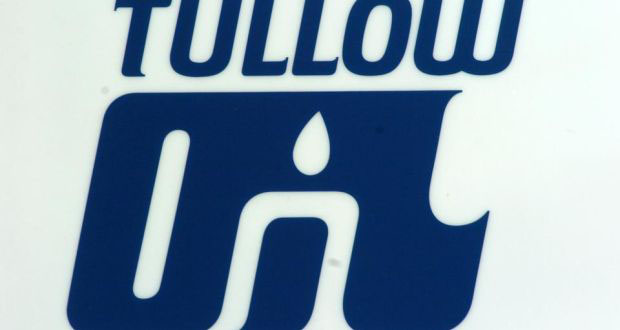Against the backdrop of this week’s announcement of Tullow Oil’s potentially huge discovery in its Orinduik block, upbeat international reporting on the country’s longer-term oil prospects seem set to equal, if not exceed, the boisterous celebratory soundings, which less than five years ago, had followed ExxonMobil’s May 2015 disclosure of Guyana’s first major oil find.
After Tullow Oil’s disclosure of its offshore discovery earlier this week, the Houston Chronicle, regarded as an authoritative media source on the global oil and gas industry, declared that the new find demonstrated that “Guyana’s newfound oil sector likely has a future beyond the Exxon development.” Simultaneously, the newspaper weighed in on the calculation made by the highly regarded Westwood Global Energy Group that Guyana’s oil resources now positions it to “be the country that produces the most barrels per capita [about 450 barrels],” potentially placing its per capita production ahead of ‘heavy hitters’ in the global oil industry like Kuwait, Qatar, the United Arab Emirates and Saudi Arabia.
Reporting in the local media in recent days to the effect that the Jethro-1 exploration well in the Orinduik block had yielded a potentially multi-billion barrel block may not have matched the outpouring of celebratory public pronouncements that attended the May 2015 ExxonMobil disclosure. Outside of Guyana, however, where sections of the international media benefit from a more informed point of view on the oil and gas industry, reporting on the Tullow Oil find took on a different perspective. Not that ExxonMobil’s thirteen oil ‘strikes’ since 2015 and the promise of ‘first oil’ relatively early in 2020 will lose any of its significance for a country chomping at the bit over the prospect of a significant transformation of economic fortunes once oil revenues kick in. The fact is, however, that the recent Tullow find, in terms of both its local and more global industry implications, will, for the time being at least, catapult Guyana into the international limelight in much the same manner that occurred after the May 2015 ExxonMobil discovery.
There was more upbeat commentary in the wake of the Tullow oil find. Earlier this week, Palzor Shenga, an Exploration Energy Analyst with the high-profile Rystad Energy research firm, was quoted as saying that Guyana had further “extended its winning streak after dominating the list of major offshore discoveries in 2018.” And while the local media have been reporting that Tullow Oil’s actual find could exceed its original estimate of 100 million barrels, the Houston Chronicle was quoting Shenga as saying that “Tullow and its partners could easily be sitting on a multi-billion barrel block.”
The difference in perspective between media reporting here and that in the US is understandable. From a vantage point that is underlined by a still limited knowledge of the oil industry, Guyanese are yet to fully appreciate the high-intensity global attention the country’s second world class oil discovery in less than five years has attracted.
In the aftermath of the Tullow oil find, the country can anticipate further episodes of unflattering international media attention along the ‘banana republic’ lines that have no bearing on its good fortune. Cynicism, as it happens, has become par for the course in the treatment of countries like Guyana in sections of the international media. The latest round of unflattering coverage may have already begun. In its recent coverage of Tullow’s Orinduik oil discovery, the Houston Chronicle describes Guyana as “a rural, rain-forested nation… [whose] political and business leaders have suddenly had to learn about the oil industry after never having had much [to do with] petroleum business at all.” That is usually the western media’s way of putting us in our place.






